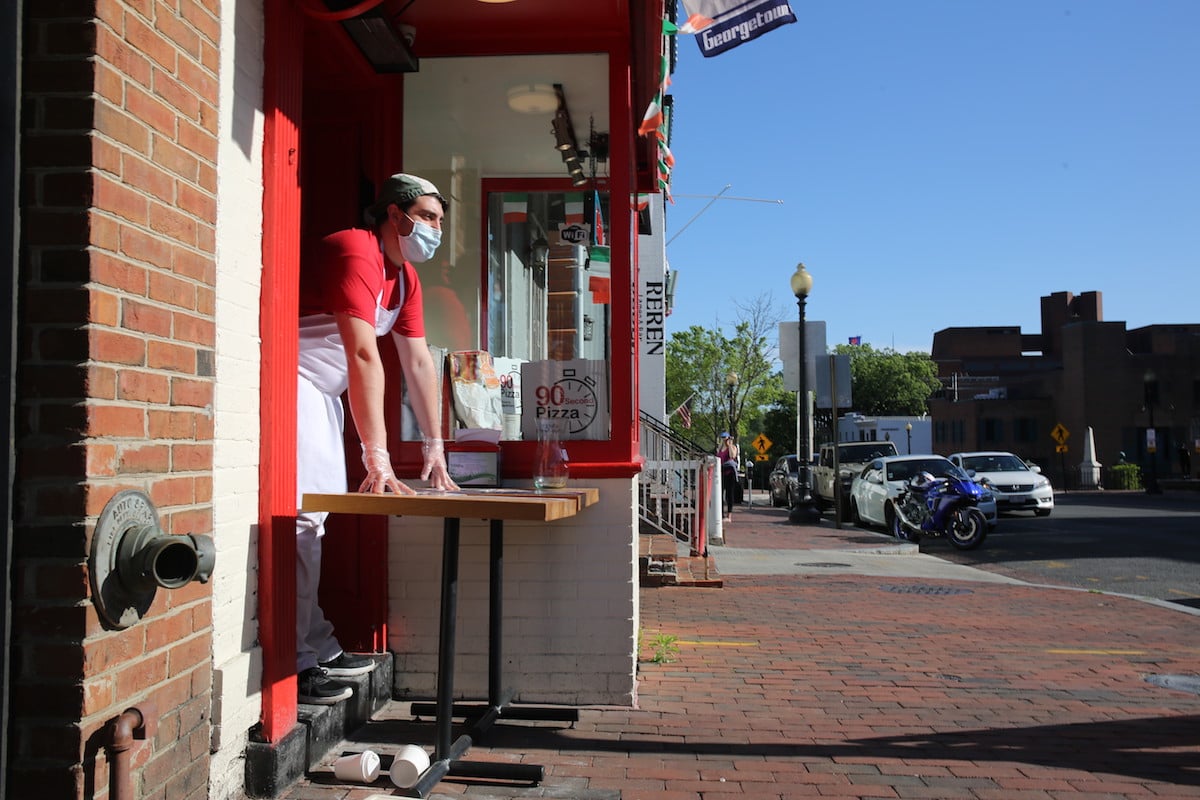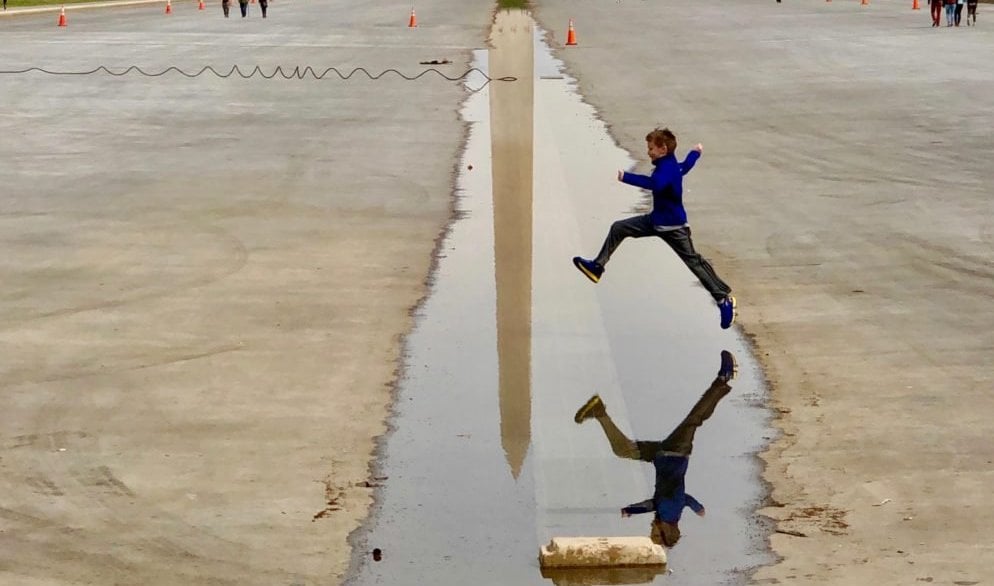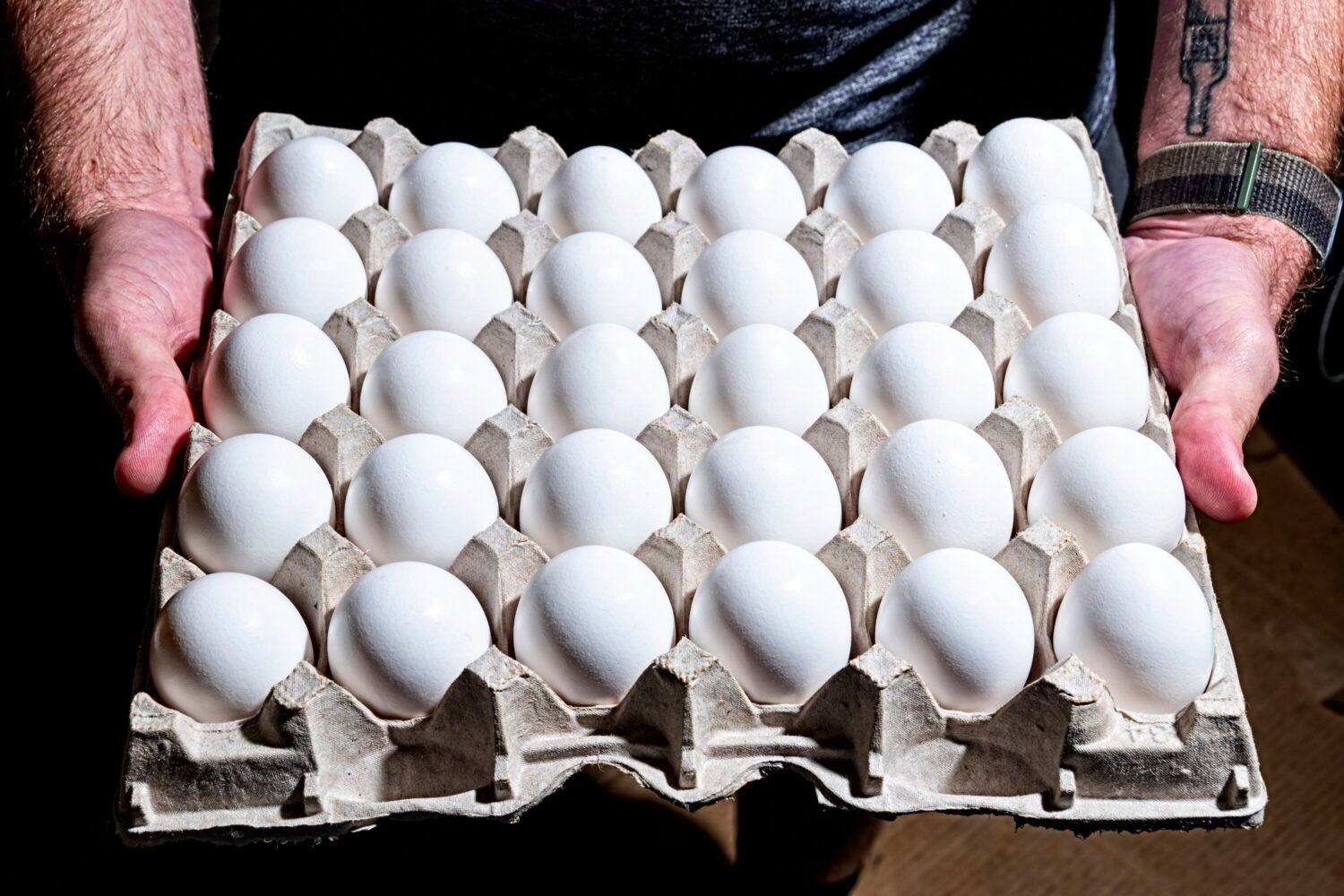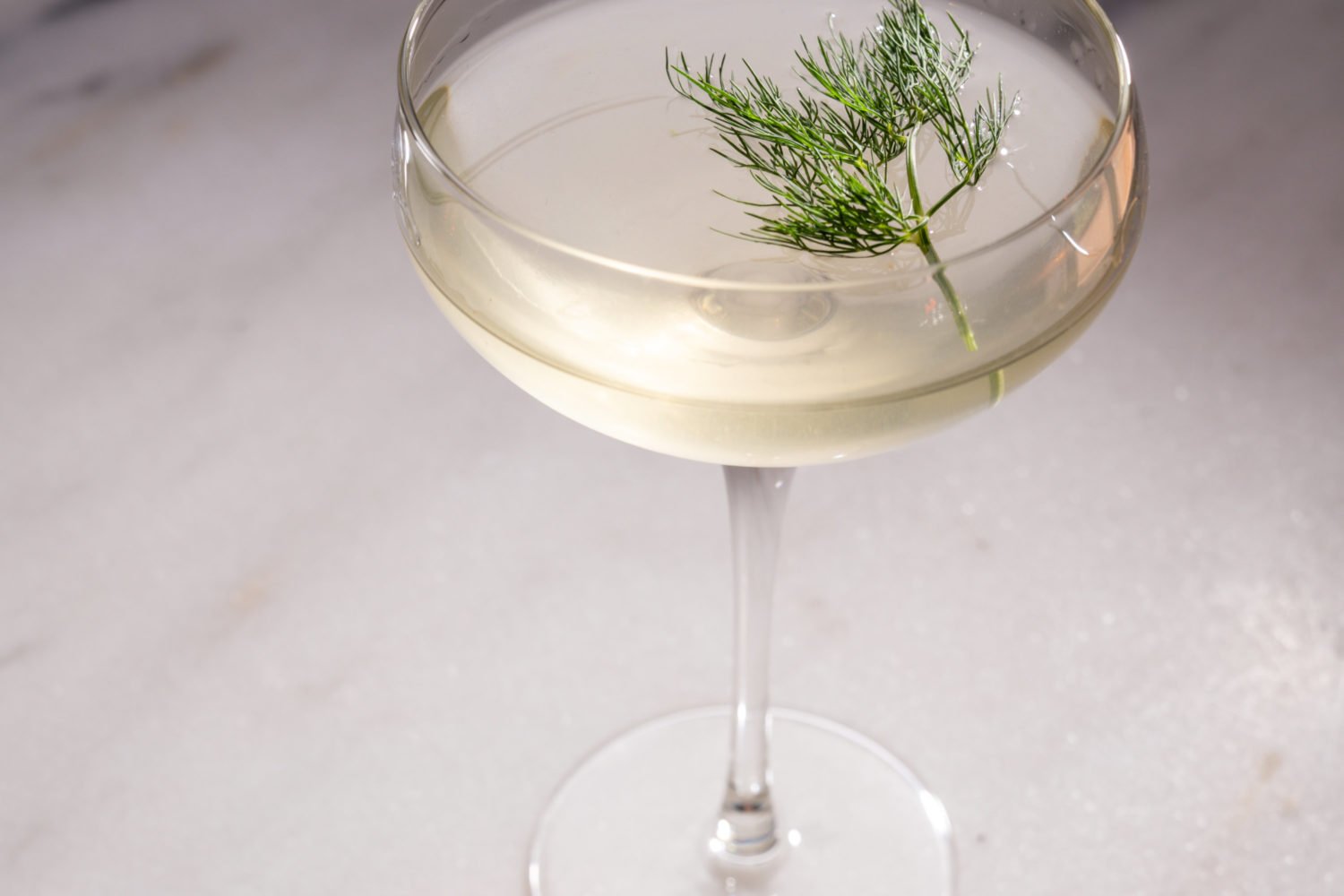Restaurants and bars around DC are preparing to serve customers on premises today for the first time in over two months, as the District and Northern Virginia enter phase one reopening. (Nearby Maryland counties are slated to reopen Monday.) The rules and regulations vary by jurisdiction—and the practices by business—though there are a few new norms. For now, customers can only be served outside. They must be seated, and there are limits on table sizes and capacity.
So what does that mean if you’re ready to venture out? The short answer: you’ll need more planning, diligence, and patience. Remember, businesses have been closed for a long time. This is a first for everyone.
Here are some of the trends that are emerging for phase one—and beyond.
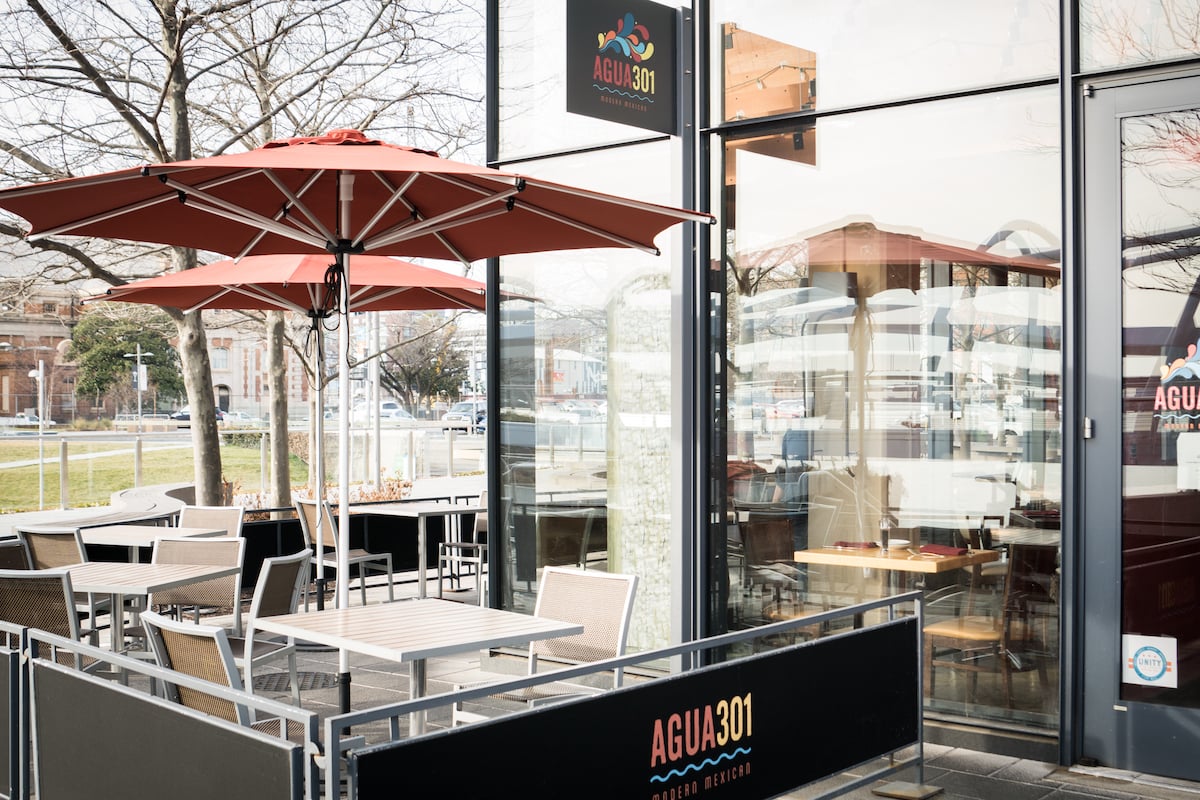
Mandatory reservations and time limits
Reservations are expected at finer dining restaurants. Now though, you may have to book a spot at your neighborhood bar in advance—and be prepared to give it up two hours later so the business can sanitize the space and serve more customers.
In DC, the Alcohol Beverage Regulation Administration (ABRA) released new guidelines on Thursday that include limiting the sale of alcohol to between 8 AM and midnight, and requiring that businesses implement reservations to reduce the risk of crowding. A number of bars and restaurants had already instituted reservation policies in preparation for reopening, including casual spots like Duffy’s Irish Pub. The H Street hangout is only taking advance bookings 24 to 48 hours in advance for the 36-seat garden and nine-seat patio (fair warning per their website: “You may get wet, hot, or cold.”)
Reservations aren’t required in Alexandria, but Del Ray watering hole Hops N Shine is offering advance bookings with a $100 deposit in the form of a gift card (they’re also taking walk-ins). The card can be used for future visits if you don’t spend the money in your 1 hour 45 minute time slot. “People have always asked for reservations and we thought this was a safe way to do it,” says owner Matt Rofougaran.
Business owners are also using reservations as a way to collect contact information for tracing purposes—a measure recommended in DC by Mayor Muriel Bowser and ABRA but not required.
“We’re promoting reservations because we believe in the science of all of this and the importance of contact tracing,” says Agua 301 owner Steve Briggs, who instituted a mandatory reservation policy for his Navy Yard Mexican restaurant earlier this week. “By using Resy—even for someone walking in on a slower day—all that information is in there, stored, and accessed easily. We want to make sure there’s that contact info for guests in case there’s an issue.”
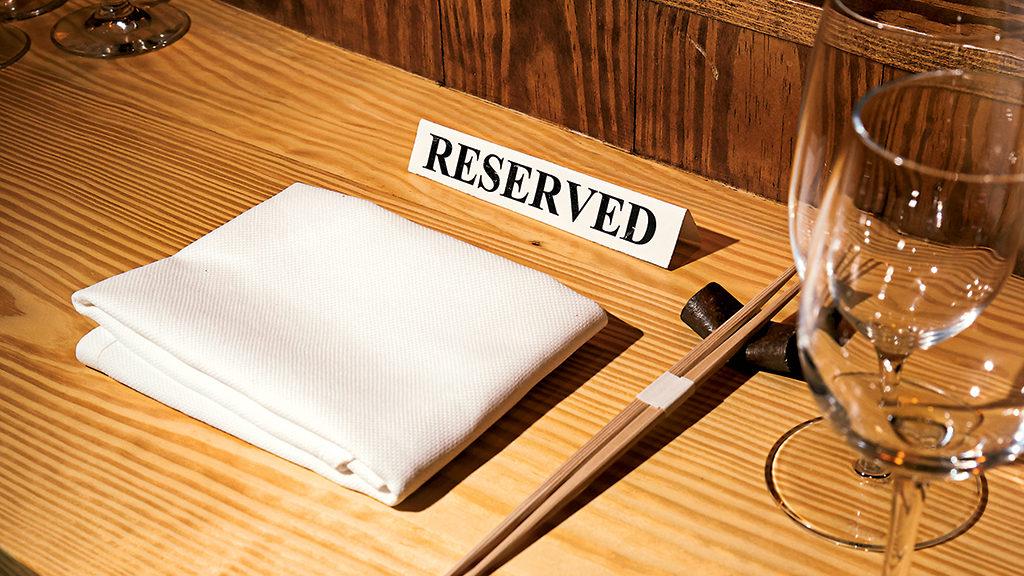
Pre-paid reservations
Even before the pandemic, high-end restaurants like Minibar used pre-paid, “ticketed” reservations via boutique booking platform Tock. In March, the site started handling takeout and delivery orders. Now, a wider swath of restaurants is using the pre-paid ticketing method. Why? Economics, for one.
“It helps us capture a guaranteed amount per table to make sure we stay afloat,” says Centrolina/Piccolina chef Amy Brandwein, who’s reopening her Italian restaurants in CityCenterDC with Tock reservations.“We have an idea of how many people are coming and how many menu items we’re making.”
For fine-dining Centrolina, there’s a four-course set menu for $52 (though guests can make dietary and allergy requests in advance). At Piccolina, her cafe, the $25 reservation goes towards the a la carte menu, but dish selections must be made online ahead of time. Brandwein says she plans to continue the ticketed system in the future: “Pre-selection is for the guests’ comfort and ours too. There’re 100 steps of service in the typical experience and we want to take those away. I feel like it’ll be relaxing to have everything decided in advance.”
The idea of minimums was once something you’d associate with large parties or nightclubs, but they’re also becoming standard practice. Latin hotspot Seven Reasons is offering $50 Tock tickets for two hour slots in their rooftop garden (they’re priced to cover the “minimum consumption required per person”). Co-owner Ezequiel Vázquez-Ger says the fee amounts to roughly half of their pre-pandemic check averages. Once customers are seated, they’re given a menu—or can pull one up via QR code—and can then pay any difference for food and drinks. The tickets refundable up to 24 hours in advance (and will be rescheduled if there’s rain). Diners have been open to the concept—the restaurant is already sold out and there are more than 100 people on the waitlist for any given day.
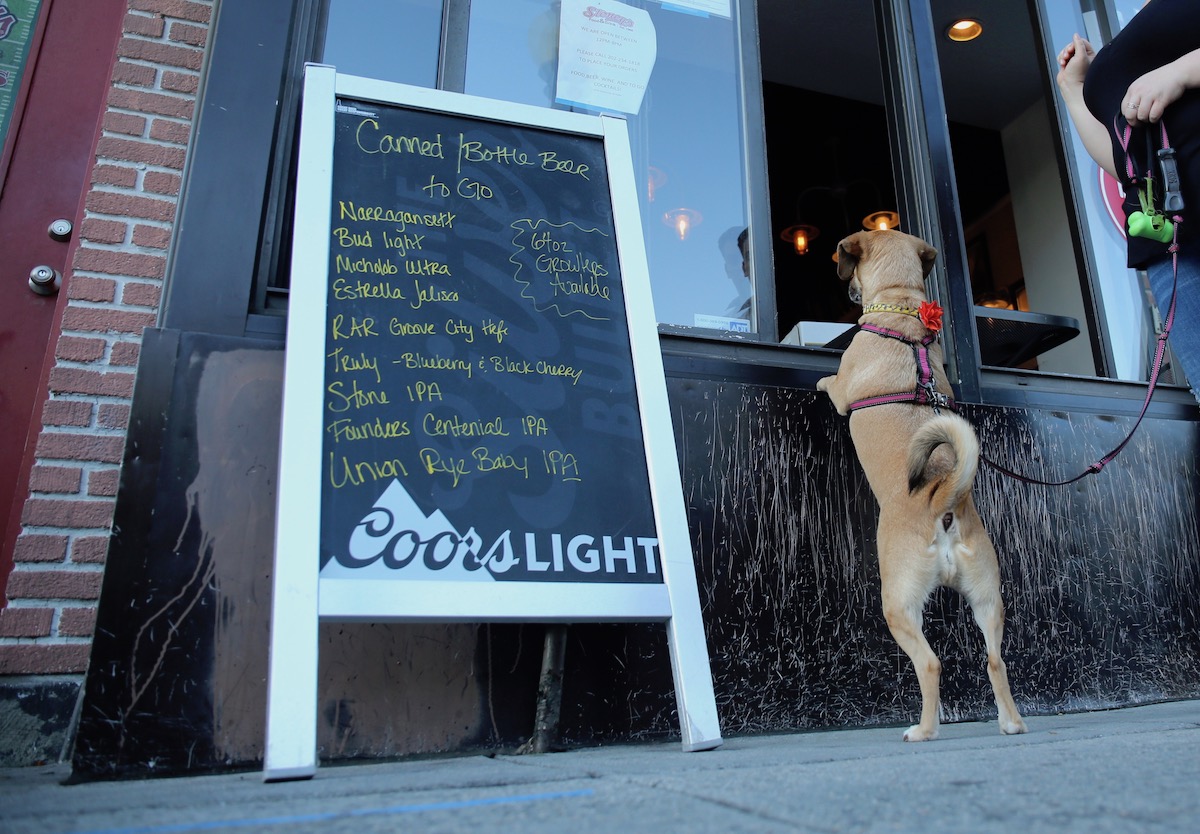
Smaller menus
The days of opening a menu and seeing a virtual buffet of dishes and cuisines may be over. A smaller staff, sporadic patronage, and a generally unreliable environment make smaller, less costly, more nimble menus appealing.
Ambar and Buena Vida restaurateur Ivan Iricanin, known for his massive all-you-can-eat menus, says he’s keeping the AYCE format but paring down the selections.
He’s still planning the reopening menus at Ambar Clarendon and Buena Vida Arlington (Ambar DC is slated to reopen soon). “We’re talking about having lots of new systems in place when we open—reservation only, paying up front, and adjusting the menu to speed up [all you can eat] service so it’s less than an hour and 45 minutes. We have some ideas to dedicate time slots to customers who’re 55 years and older too.”
No-contact service
Businesses are figuring out ways to minimize touching and personal interactions. One way: QR codes that customers can scan on their phones (no app required). They’d let diners view a menu, order, and pay without having to flag down a server.
Espita Mezcaleria owner Josh Phillips is opening his covered patio on Friday with minimal person-to-person service. “I don’t think you can do full service safely,” he says. “A lot of people are talking about six feet apart, but to me that doesn’t take into account the safety of the food runners. I don’t know how you can drop off a plate to a table of six not wearing masks and do it safely.”
Phillips says parties will be shown to tables by an owner or manager and then the guests will take it from there. Every table will have a QR code for ordering and paying, and guests will pick up staggered orders at a takeout-style counter.
And don’t forget a mask. Virginia requires the use of masks indoors, while in DC, ABRA says businesses should request that patrons wear masks when not eating or drinking.
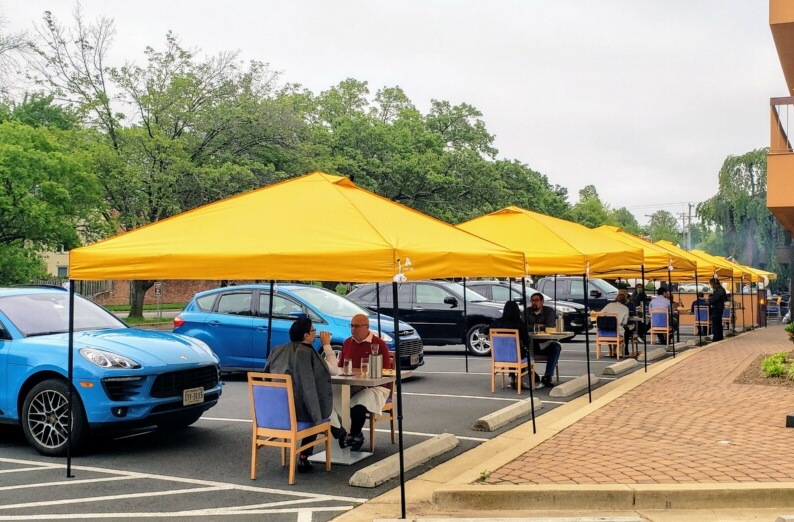
Creative outdoor solutions
So what if your restaurant or bar doesn’t have a patio or roof deck? Local governments are stepping in to help. In Arlington, businesses are allowed to expand into parking lots, sidewalks, and public spaces. Mayor Muriel Bowser is considering similar legislation in DC, with movements already afoot to change major roadways like 18th Street into part-time pedestrian and service zones.
Those fortunate enough to have outdoor space are getting creative with table spacing. Equinox, a downtown DC fixture for 21 years, is reopening today with “garden-style distance dining”—meaning a patio outfitted with trellises and planter-box dividers between tables. When customers are allowed to dine indoors, they’ll be met with more “air purifying” plants. Before it debuts its mannequin-filled dining room, luxury country escape The Inn at Little Washington is offering picnic-style boxes ($50) in its gardens. And suburban dwellers can reserve a spot in “A Lot of Clarity,” chef Jonathan Krinn’s drive-in tasting menu concept in the Vienna restaurant’s parking lot. Krinn built an entire outdoor kitchen for an a la carte venture he is calling “Sweet Smoke by Clarity.” It’ll have a smoker for barbecue meats, plus an Argentinian cedar wood grill, rotisserie, and yakitori.
Indoors, bathroom attendants are making a comeback.
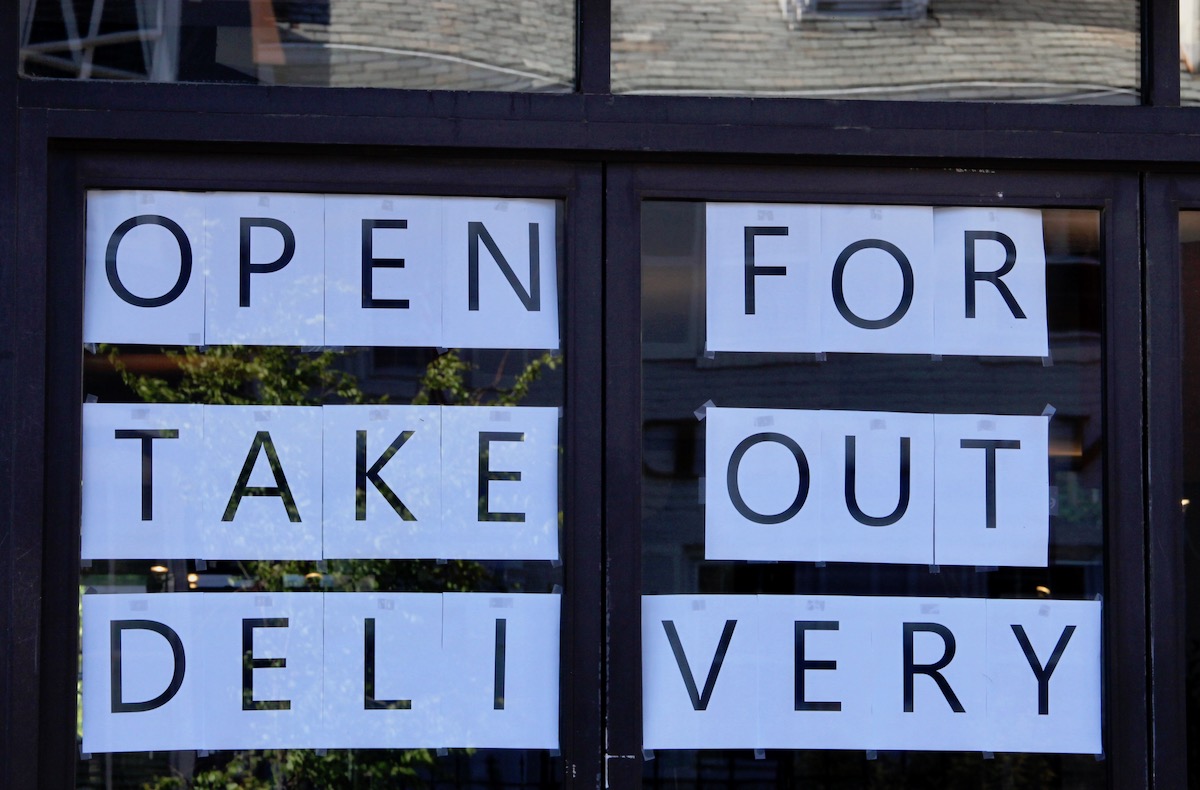
Takeout and delivery are still the bread and butter
Virginia restaurants and bars can only fill outdoor spaces to 50 percent capacity, while DC limits space by the metric of six (meaning a maximum of six people per table, spaced six feet from other tables). For most businesses, that’s a small fraction of their regular dine-in business. Takeout and delivery, including alcohol sales, are as important as ever.
“This isn’t a revenue savior,” says Maxwell Park owner Brent Kroll, who plans to open the small patio outside his Shaw wine bar today. The majority of his bottles will be sold to-go, and he’s only offering bottle sales on premises. “[Reopening] is more about introducing safety procedures than saying ‘Eureka! The business is saved through patio tables!’ It’s not wise to take this as a huge revenue stream for bars and restaurants.”

